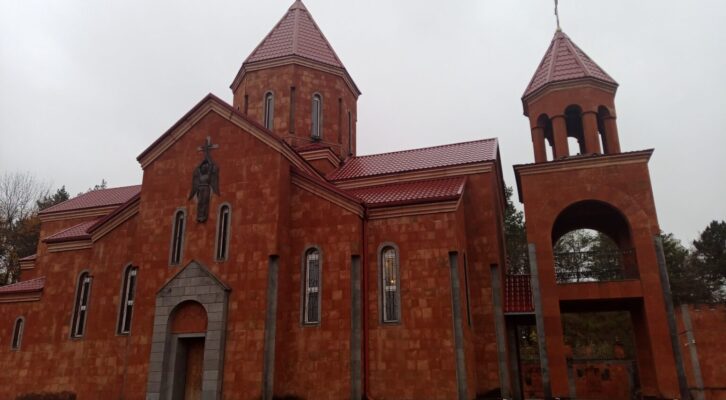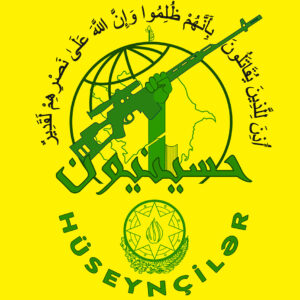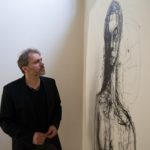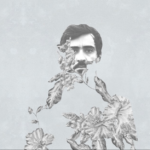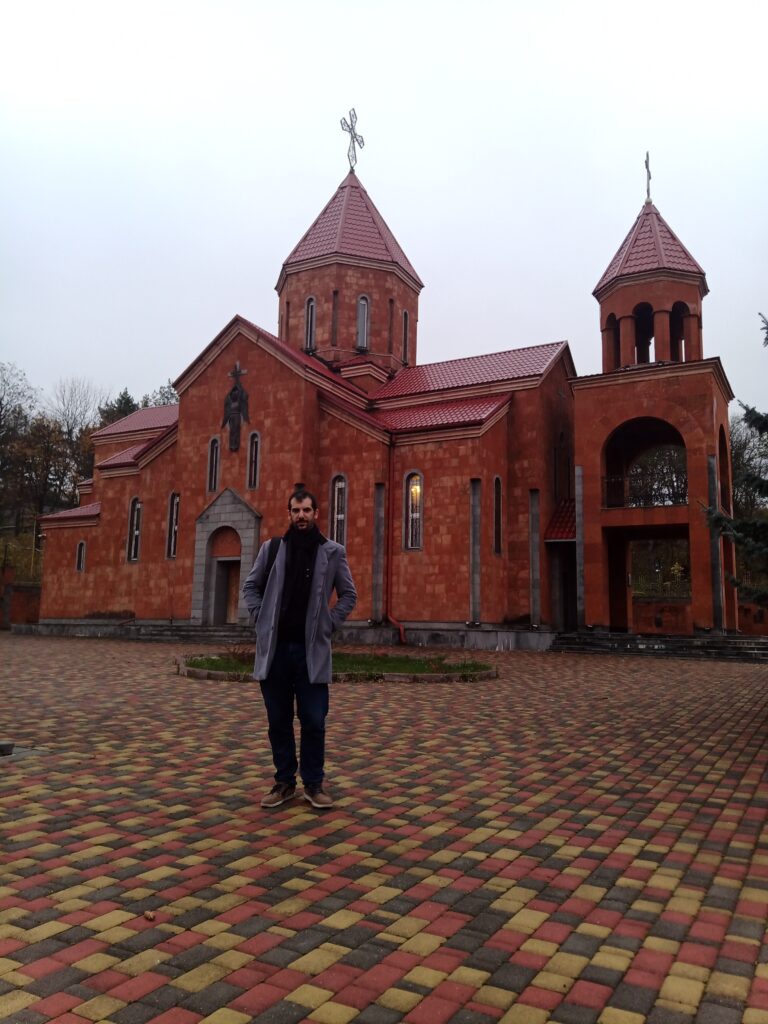
Between November 7-12, 2022, I was invited by the Primakov Center to participate in the “Russia – Middle East” International Expert Forum at the Southern Russian city of Pyatigorsk. Pyatigorsk is well known in the Caucasus region for its beautiful architecture, history, cultural diversity and mineral waters. The city had been the gateway of the Russian expansion to the Caucasus and beyond. The influence of Caucasus culture is felt here most noticeably in the music and cuisine.
The international conference took place at the Pyatigorsk Linguistic State University, where the Armenian tricolor caught my attention. I discovered that it was the Armenian Language and Culture Center, which opened in 2008 to promote the Armenian language in the region. I was informed that many Armenian students attend the center, and some Armenians hold key positions at the university. The conference, in addition to its academic importance, encouraged me to network with local Armenians, as it was my first time in Russia. University vice-rector Dr. Vadim Mnasaganian greeted me following my presentation and invited me and my Armenian colleague from Moscow to the Armenian community center, which we gratefully accepted.
Dr. Mnasaganian passed through Armenian neighborhoods on the way to the Armenian Educational and Cultural Center. Mnasaganian explained that 20-percent of the city’s population is Armenians who hold key positions and are respected by the authorities. No Armenian political parties operate in the region, and the cultural and social life of the community is managed by the Pyatigorsk Armenian Community Council linked to the Union of Armenians of Russia and the Catholicosate of Etchmiadzin.
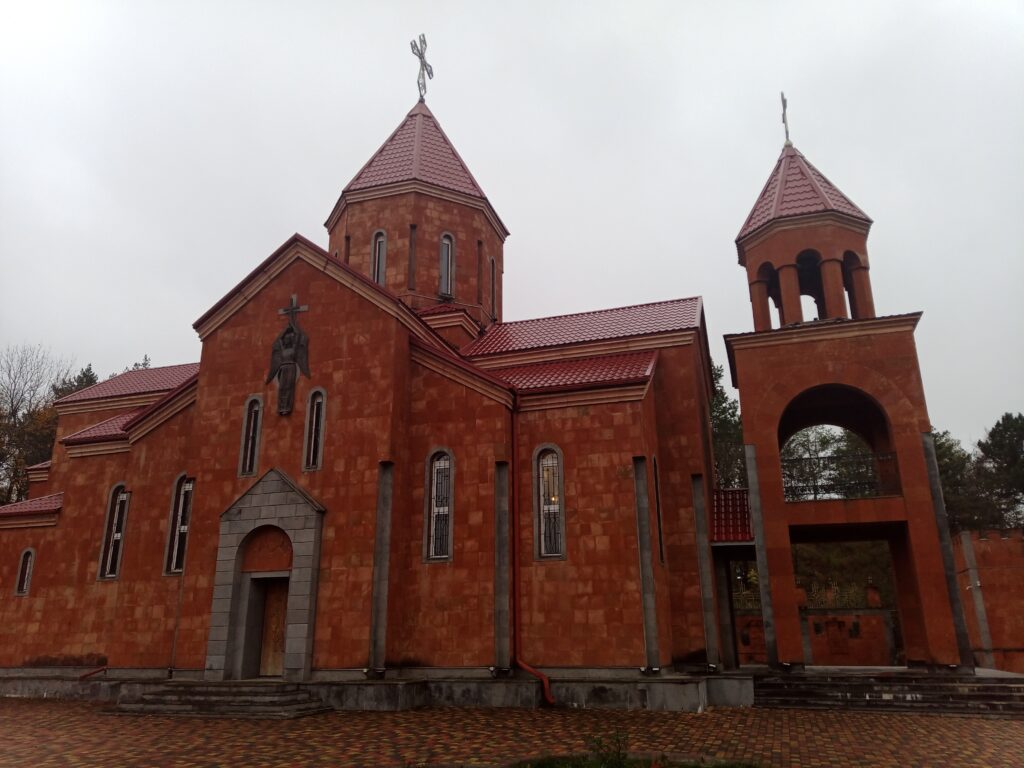
We arrived at the churchyard of the beautiful St. Sarkis Armenian Apostolic Church of Pyatigorsk. It is a magnificent church surrounded by Armenian cross-stones (khachkars) and statues depicting different historical periods of the Armenian nation. The church was inaugurated in 2003 with the donations of local wealthy Armenians and served to bring together dispersed Armenians. Armenians then purchased additional lands and started building an educational and cultural center in the form of a school to teach the children the Armenian language and preserve their identity. They named the center “Arev” and operated as a Sunday school.
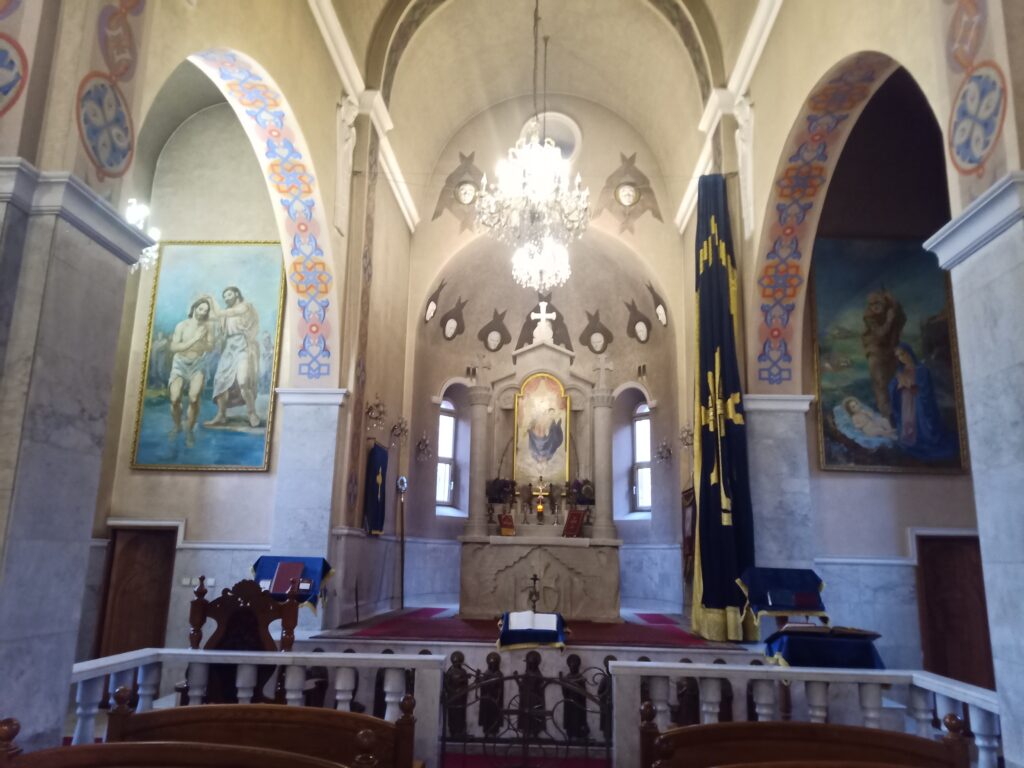
In an interview with the Weekly, Dimitri Manvel Markarian, the representative of the Armenian community in Pyatigorsk, informed us that the center aims to preserve Armenian culture and identity. Two hundred students of different ages attend the center. In addition to learning the Armenian language, culture and history, dance and music groups are established, where students are taught Armenian folk dance, take piano, dhole and qanun lessons, as well as photography and painting. Moreover, the center has a gym where young Armenians and students are encouraged to attend and join the sports teams, ultimately attracting more enrollment in the educational center.
My discovery of the Armenian community in Pyatigorsk led to more research about the roots of the community’s emergence. According to Markarian, the Armenian community of Pyatigorsk is one of the largest Armenian communities in Southern Russia. The community took shape during the 19th century when Armenian refugees from Western Armenia, mainly Kars, arrived and settled near the banks of the Podkumok river. Famous Russian poet Lermandov mentioned their arrival in his memoirs. In the 1870s, Armenians already started building the Surp Tarkmanchatz church, completing its construction in 1885. The church was destroyed when the Bolsheviks came to power. Armenian architecture is visible in the city. Armenians have built the Ghugasov cafeteria, the summer house of Elzai, the theater building and more. In 1917, famous Armenians such as General Antranik Ozanian and intellectual Hovhannes Toumanian visited the city and met with local Armenian intellectuals.
A second wave of Armenian refugees arrived after 1920. Historical records mention that the center of Pyatigorsk city, Gora Post, was founded and settled by Armenians. At the beginning of the 20th century, mainly in 1920 when the Turks and the Tatars organized the massacres of Shushi, many Armenians fled Shushi and other regions of Artsakh and were resettled in Gora Post, while Armenians of Kars continued fleeing from the horrors of the Genocide with some resettling in Vladikavkaz, North Ossetia.
The third wave of Armenian refugees arrived in the city and surrounding areas with the fall of the Soviet Union, the war in Artsakh (1990-1994) and immigration from Armenia. During the first Artsakh war, many Armenian families mainly from Qantsag (Kirovabad) and other Azerbaijani cities were forced to flee their homes and abandon their properties. Many headed to Pyatigorsk city or the Stavropol region. After the fall of the USSR, the Armenian community grew and became more organized.
During the 2020 war in Artsakh, every Armenian in the Stavropol region, including Pyatigorsk, was mobilized. Armenians of the city gathered around the church and the community center and started sending humanitarian aid to Artsakh. The humanitarian relief work continued even after the war. Armenians of Pyatigorsk as part of general mobilization in Russia have also volunteered to join the army and send humanitarian aid to the Donbas region.

Unlike the traditional Middle Eastern or Western communities in the Diaspora, the Armenian community in Russia has structural and institutional differences. The absence of traditional Armenian Diasporan institutions has not halted the development of “isolated” communities in Russia. In this case, the Armenian community of Pyatigorsk did not grow independently from the homeland. The immigration of middle-class Armenians from Western Armenia and the Caucasus shaped the cultural life of the city and the surrounding region. Though “apolitical” in nature, compared to the Middle Eastern and Western Armenian communities, due to the political system in Russia, the Armenian culture and religion are the backbone of the preservation of the Armenian identity. Some Armenians I met had difficulty speaking the mother language, but thanks to the efforts of the “Arev” center, the current generation is able to learn and speak Armenian.
The center is also an inspiration for the students. At each class and every corner, there are figures of famous Armenian intellectuals, artists and revolutionaries. Students can also see the large map of historical Armenia at the entrance of their classroom. For many, the center is the bridge between their life and the homeland.
The article was originally published in the Armenian Weekly, 7/2/2023.
Yeghia Tashjian is a Lebanese-Armenian regional political analyst and researcher. He graduated from the American University of Beirut in Public Policy and International Affairs. He also participated in and graduated from Swedish Defense University’s “Strategic Leadership in Global Societal Security Programm” (2022). He pursued his BA at Haigazian University in political science in 2013. His MA thesis topic was on China’s geopolitical and energy security interests in Iran and the Persian Gulf, currently, he is researching on the Turkish-Russian “co-opetition” in the MENA+ Caucasus region. He is a contributor to various local and regional newspapers, a columnist in the Armenian Weekly, and presented various topics from minority rights to regional security issues. He is an Associate Fellow at the Issam Fares Institute for Public Policy and International Affairs at the American University of Beirut and a part-time instructor in International Affairs at the American University of Science and Technology-Beirut.


